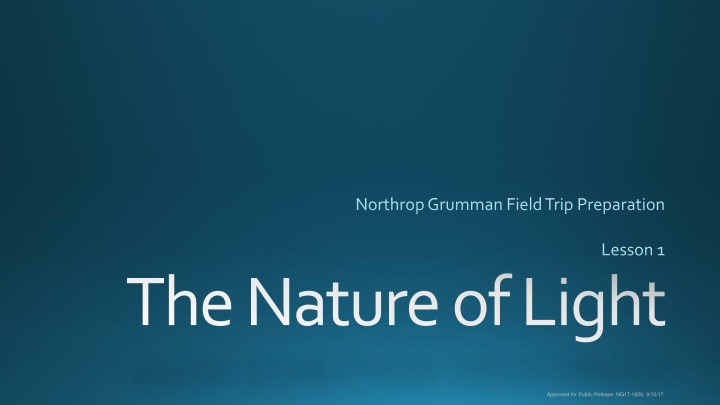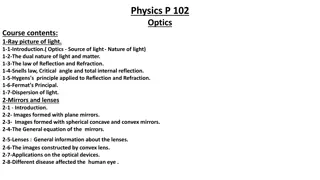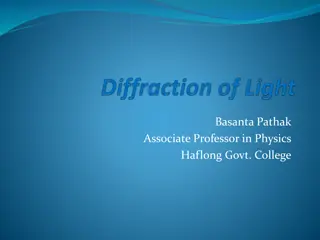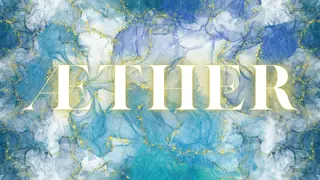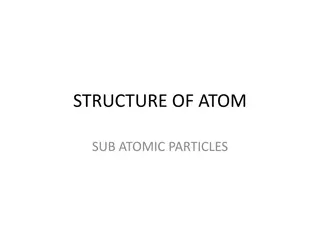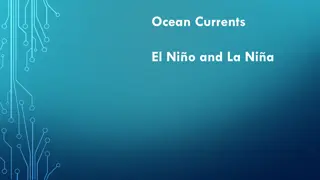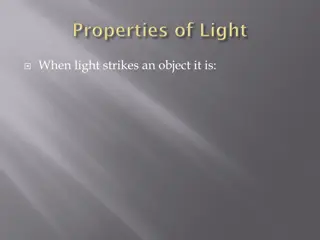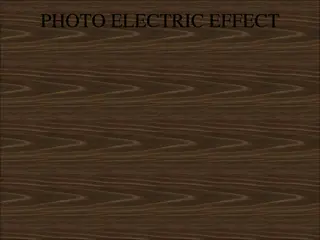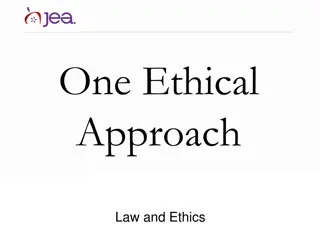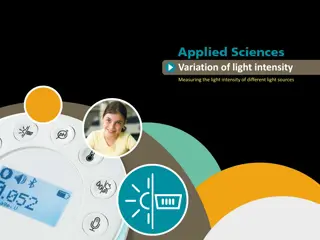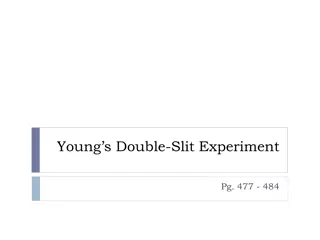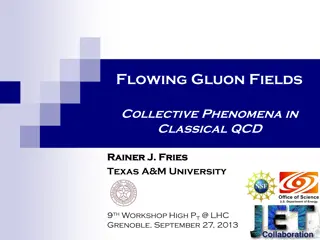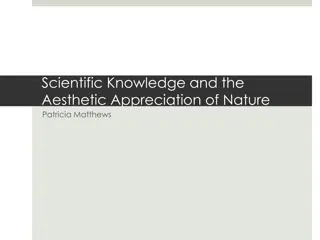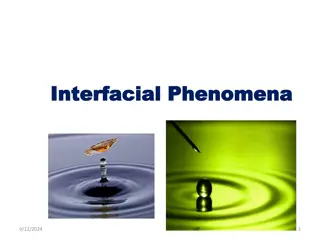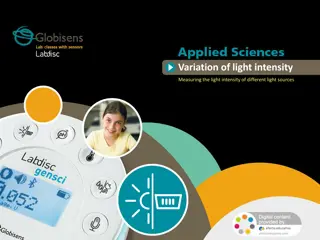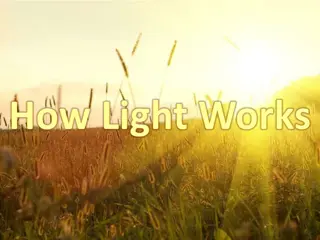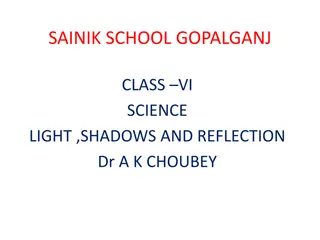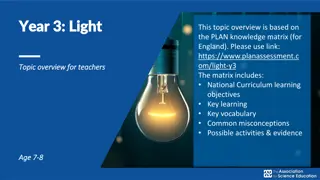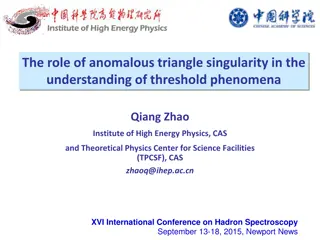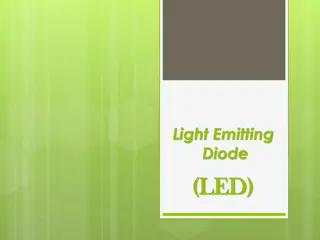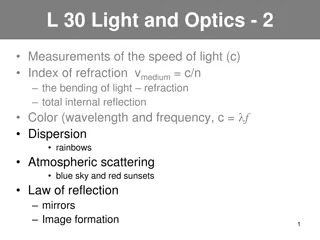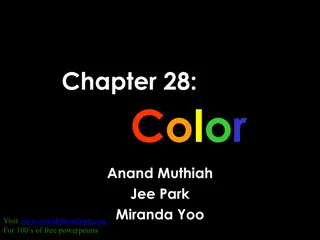The Nature of Light: Exploring Its Phenomena
Uncover the intriguing properties of light as it travels in straight lines, refracts, separates into a spectrum, and is composed of photons and waves. Dive into the concepts of wavelengths, frequencies, and the unique characteristics of different colors of light. Explore the relationship between wavelength and frequency through an interactive simulation. Understand why light separates into its spectrum when passing through a prism and discover the fascinating world of light in this insightful lesson.
Download Presentation

Please find below an Image/Link to download the presentation.
The content on the website is provided AS IS for your information and personal use only. It may not be sold, licensed, or shared on other websites without obtaining consent from the author.If you encounter any issues during the download, it is possible that the publisher has removed the file from their server.
You are allowed to download the files provided on this website for personal or commercial use, subject to the condition that they are used lawfully. All files are the property of their respective owners.
The content on the website is provided AS IS for your information and personal use only. It may not be sold, licensed, or shared on other websites without obtaining consent from the author.
E N D
Presentation Transcript
Northrop Grumman Field Trip Preparation Lesson 1 The Nature of Light Approved for Public Release: NG17-1826, 9/15/17
What we know about light Light travels in a straight line as it moves away from the source. Light travels very fast. (186,000 miles/second) http://www.pbs.org/wgbh/nova/space/petters-physics.html Approved for Public Release: NG17-1826, 9/15/17
White light is made up of many colors Light changes direction (refracts) when it encounters a different medium. When light passes through a prism, it is separated into its spectrum (ROYGBIV). http://spaceplace.nasa.gov/blue-sky/en/sky5.en.png Approved for Public Release: NG17-1826, 9/15/17
What is light? Light is made up of tiny packets of energy known as photons. These photons travel as waves. http://study.com/cimages/multimages/16/photonpar.jpg Approved for Public Release: NG17-1826, 9/15/17
What are the parts of a wave? The top part of the wave is known as the crest. The bottom of the wave is known as the trough. The distance between two crests is known as a wavelength. http://science.hq.nasa.gov/kids/imagers/ems/wave_crest.gif Approved for Public Release: NG17-1826, 9/15/17
What is frequency? The frequency of a wave is defined as the number of wavelengths that pass a certain point in one second. What is the frequency of this wave? Approved for Public Release: NG17-1826, 9/15/17
Explore the relationship between wavelength and frequency Copy and paste this address into your web browser to load the simulation: https://phet.colorado.edu/sims/html/wave-on-a-string/latest/wave-on-a- string_en.html Approved for Public Release: NG17-1826, 9/15/17
How are the colors of light different from each other? Each color of light is made up of photons with different wavelengths and frequencies. Using this information: Explain why light separates into its spectrum when it passes through a prism. http://imagine.gsfc.nasa.gov/educators/lessons/roygbiv/ Approved for Public Release: NG17-1826, 9/15/17
